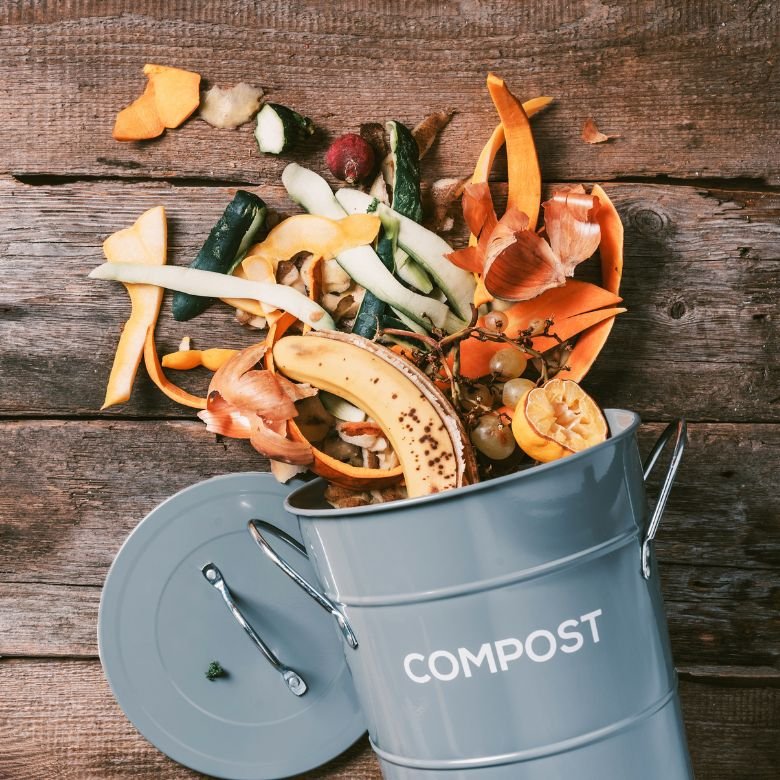The interest in organic fertilisers has remained high ever since the emergence of the first farming cultures of the Middle East, Egypt or China. People quickly discovered that the quality of soil determines the size of yield, so they should enrich it to make it fertile and efficient. In the past, river sediment, ashes, and animal and even human waste were used for fertilisation. The farmers of the twenty-first century still eagerly use organic fertilisers. What are they and what should we know about them? Which fertilisers are organic? Read the article below and find out!

What are organic fertilisers?
An organic fertiliser, as its name suggests, is made of organic matter. These are natural compounds of various types that contain carbon molecules, such as animal or vegetable remains. The opposite of organic fertilisers are mineral fertilisers, which consist of nitrogen, phosphorus, sulphur, magnesium, etc.
How to recognise an organic fertiliser? It stands out by its intensive, unpleasant odour. The odour is usually a result of rotting and fermentation, which are inevitable for all organic matter.
Organic fertilisers: composition
Organic fertilisers contain many valuable macro-elements and other compounds necessary for the proper development of arable land. Which ingredients are we talking about? They include:
- nitrogen (a component of plant proteins and chlorophyll that determines the growth and health of plants),
- potassium (stimulates the growth of plants and strengthens plant cells),
- phosphorus (takes part in photosynthesis, supports the growth of rooting systems),
- calcium (a principal material building cell walls, which makes the plants resistant to drought and diseases),
- magnesium (affects the efficiency of photosynthesis and the quality of plant nutrition, prevents leaf diseases caused by the loss of chlorophyll).
Organic fertilisers also contain many other substances and macro- and micro-elements without which the plants could not survive. They are a natural source of:
- molybdenum (determining the proper absorption of nitrogen),
- copper (required for photosynthesis and affecting the growth of plants),
- manganese (affecting cell resistance and taking part in photosynthesis),
- boron (which has an anti-fungal effect and stimulates florescence).
Each type of organic fertiliser obviously differs in composition and the concentration of the listed elements. Choosing the appropriate fertiliser is possible by analysing soil samples that farmers prepare after harvesting of before sowing.
Organic fertilisers: types
There are various types of organic fertilisers. In terms of their origin, they can be divided into animal-origin fertilisers, plant-origin fertilisers, and organic-mineral fertilisers. Examples of organic fertilisers of animal origin include:
- cattle, horse, pig or bird manure,
- slurry,
- liquid manure,
- bone and meat-and-bone meals,
- bio-humus (made of earthworm excrement).
Fertilisers of plant origin include composts, which are produced by the natural decomposition of plant cells with the help of micro-organisms. Compost can be made of plants of different species, plant waste, leaves, stems, peels, etc.
The market also offers organic-mineral fertilisers. They contain both macro-elements (such as mixes based on nitrogen, phosphorus or magnesium) and additives of plant or animal origin.

What are the applications of organic fertilisers?
Organic fertilisers are used on a broad scale by farmers and breeders worldwide. They help improve the condition of soil and the leaves or stems of plants. The use of these products is varied: they are eagerly chosen by cereal producers or the owners of fruit orchards, vineyards or greenhouses. Manure, slurry or compost are applied on farm fields and in home fruit and vegetable gardens. They can also be used for flower beds and lawns.
Natural fertilisers are chosen by breeders from the flower industry and the owners of hydroponic crops. Granulates and liquid fertilisers of plant or animal origin are also used by the planters of decorative bushes as well as fruit and decoration trees.
